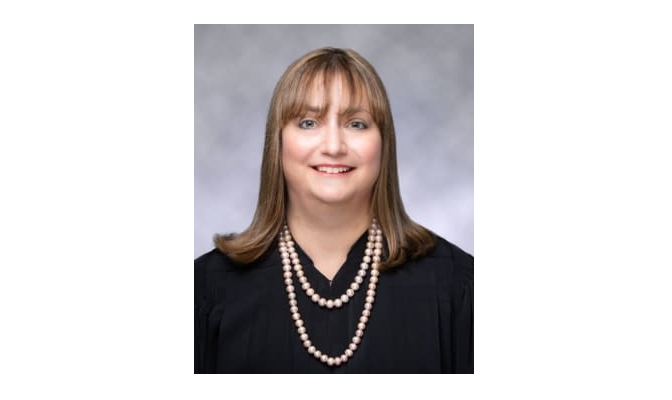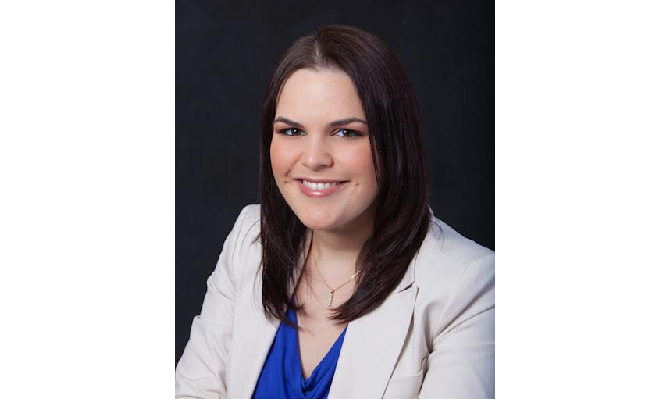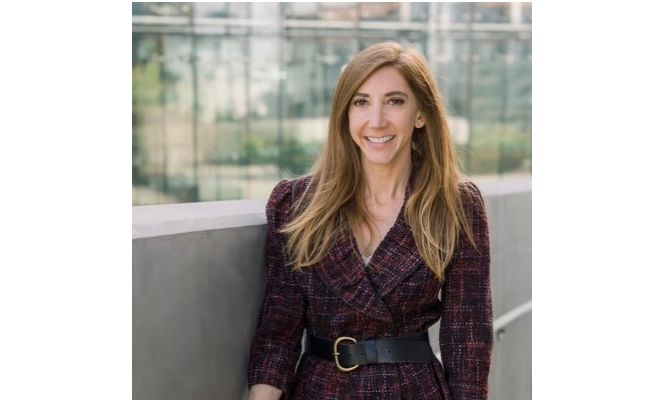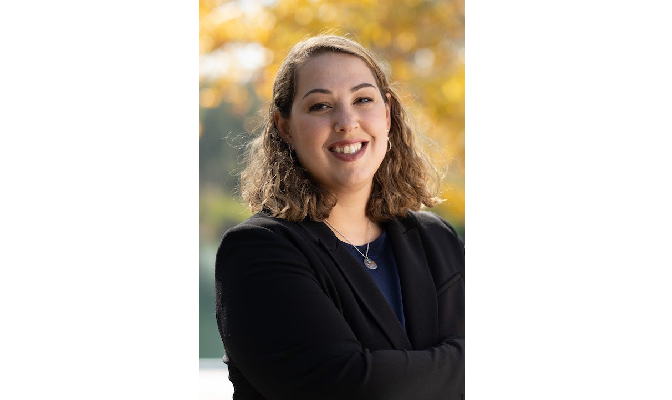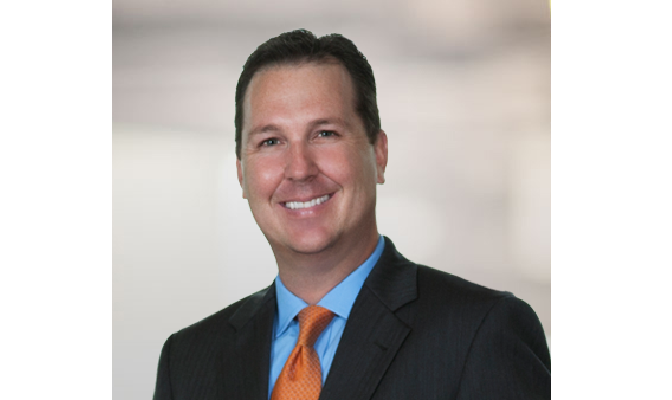Garrett A. Tozier is our latest Featured Speaker!
Our latest featured speaker is Garrett A. Tozier from Shutts & Bowen!
Garrett will speak at our upcoming Persuasive Appellate Brief Writing and Oral Argument 101 program on June 26 & 27, 2024. During this program appellate judges and seasoned appellate practitioners will walk the beginner appellate practitioner through both areas of appellate practice in state and federal appellate courts.
Garrett A. Tozier is a partner in the Tampa office of Shutts & Bowen LLP, where he is a member of the Appellate practice group.
Garrett represents clients in a wide range of appellate and litigation matters involving commercial disputes, business torts, real-property litigation, and class action and insurance defense. He is experienced in appellate advocacy and procedure in state and federal appellate courts, and routinely prepares briefs on merits, on jurisdiction, and for extraordinary writs in original proceedings. Garrett also provides pre-trial and trial support to litigators, assisting in the development of legal arguments and ensuring that all steps necessary to preserve issues for appellate review are taken.
Prior to joining the firm, Garrett clerked for the Honorable Susan H. Rothstein-Youakim at the Florida Second District Court of Appeal. He also previously served as a Central Staff Attorney at the Florida Second District Court of Appeal, where he gained extensive experience in appellate jurisdictional matters, appellate motion practice, and original proceedings.
While attending the University of Florida Levin College of Law, Garrett served as articles and research editor for the Journal of Technology Law and Policy. During law school, he also interned for the Honorable Darryl C. Casanueva at the Florida Second District Court of Appeal.
We are so glad to have him join us!


